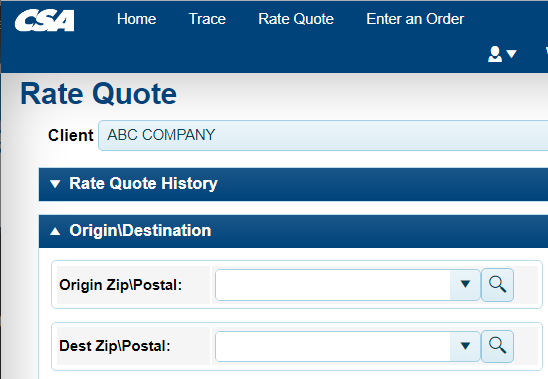What You Need to Know About Canada's New Tariffs
The Canadian federal government has decided to modernize the 1974 General Preferential Tariff (GPT) program. The modernization normalizes tariffs on goods from various overseas manufacturing locations, creating a storm of debate around the potential economic impact. (These are the import tariffs levied by the government, not freight tariffs, a term still used to refer to the standard ‘base’ shipping rates that many trucking logistics companies provide to customers. The Canadian and American Trucking industry has been deregulated since the 80’s and governments do not set tariffs on freight transportation).
The original purpose of the GPT program when it was instated nearly four decades ago was not about consumer rights. The GPT was a foreign-aid program targeted at helping the poorest nations of the world to increase their exports of manufactured goods. Though countries such as China and India were in great need of this kind of foreign assistance back in 1974, the situation has obviously evolved.
As Derek Lothian notes on the Canadian Manufacturers & Exporters website, "many of the countries that were originally listed for the GPT program now have economies larger than ours, with annual economic growth that far exceed the G7 average, or even the OECD average. The government`s decision to modernize this foreign aid program by removing some countries from the GPT list is a good decision, and is one that should probably occur more often than every 40 years."
The tariffs only apply to consumer goods-- the government has eliminated all tariffs on parts and components used for the assembly of final products in Canada some time ago. 97 per cent of consumer goods currently enjoy a zero per cent custom tariff in Canada and for those goods with a GPT tariff, it is minimal – generally 3-5 per cent.
Though the ideal world for consumers and manufacturers alike would be one in which tariffs are eliminated in all countries, most developing nations tend to impose higher customs tariffs to protect their own manufacturing industries. A broad discussion with all stakeholders will help ensure all factors are taken into account while this modernization is underway. A 3-5 per cent tariff may have a negligible impact on the consumers’ wallet but could be a significant savings to manufacturers and importers and it should be the Canadian government's role to strike the right balance.





